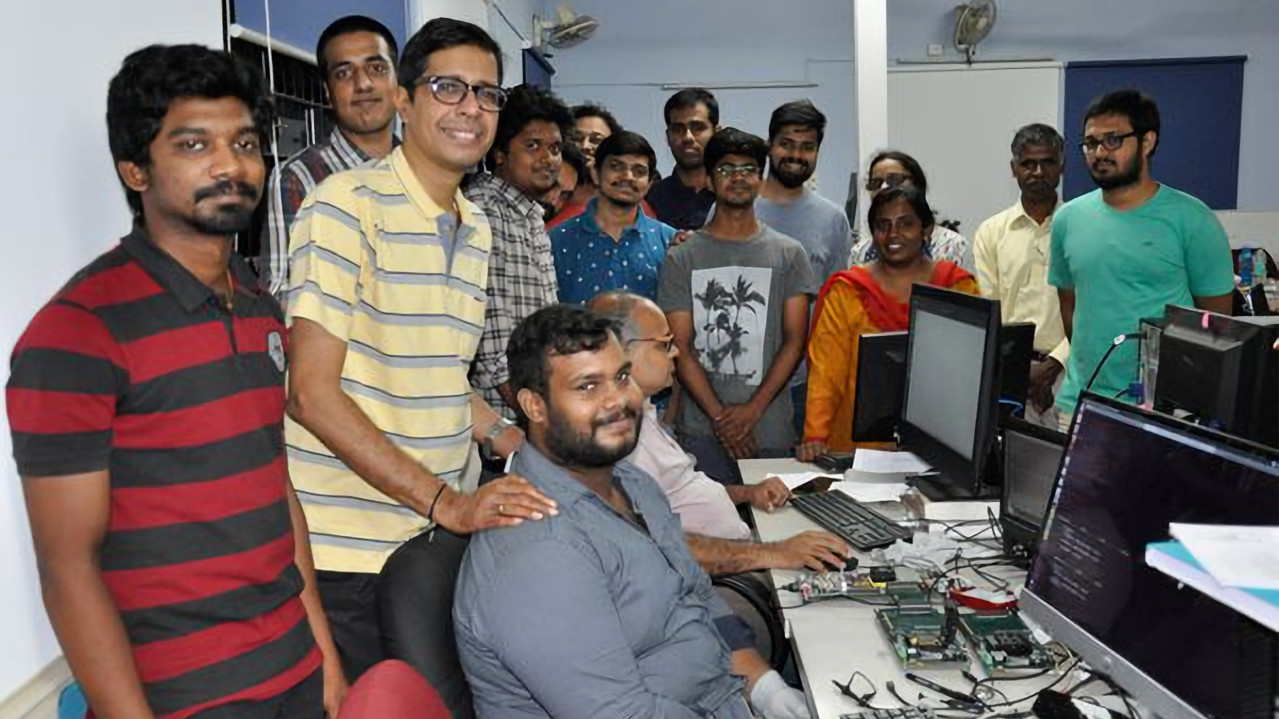The IIT Madras SHAKTI Project has celebrated a major milestone this month: the first boot of a RISC-V processor both designed and manufactured within its native India.
Launched in 2014 with a focus on IBM’s Power instruction set architecture (ISA) before switching to the open-source RISC-V ISA, the Shakti Project has already celebrated a number of breakthroughs: First-boot on its homebrew silicon occurred back in July this year, having been manufactured by US semiconductor giant Intel on a 22nm FinFET process node. Its latest achievement, though, speaks to its ultimate aim: the ability to produce chips locally, without any reliance on foreign nations.
As reported by Silicon India, the SHAKTI team has now booted a Linux-based operating system on one of its own RISC-V chips built entirely locally at the Indian Space Research Organisation (ISRO)’s Semiconductor Laboratory (SCL) in Chandigarh. While based on a considerably larger process node of 180nm to Intel’s 22nm, it represents a major breakthrough for India’s burgeoning semiconductor industry – and proof that the SHAKTI Project’s goal is achievable.
More information on the SHAKTI Project is available on the official website, while a video interview with Arjun Menon and Rahul Bodduna on the topic is available as part of AB Open’s Open Source Digital Design Insights (OSDDI) series.
Article image provided by Silicon India.
